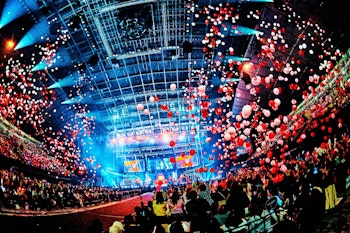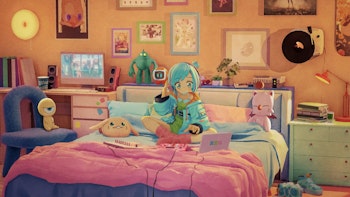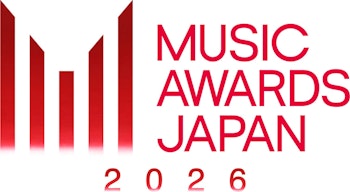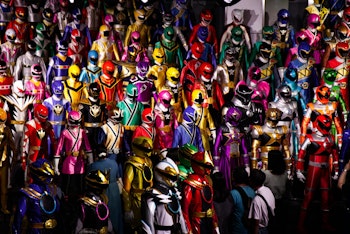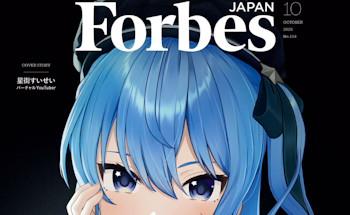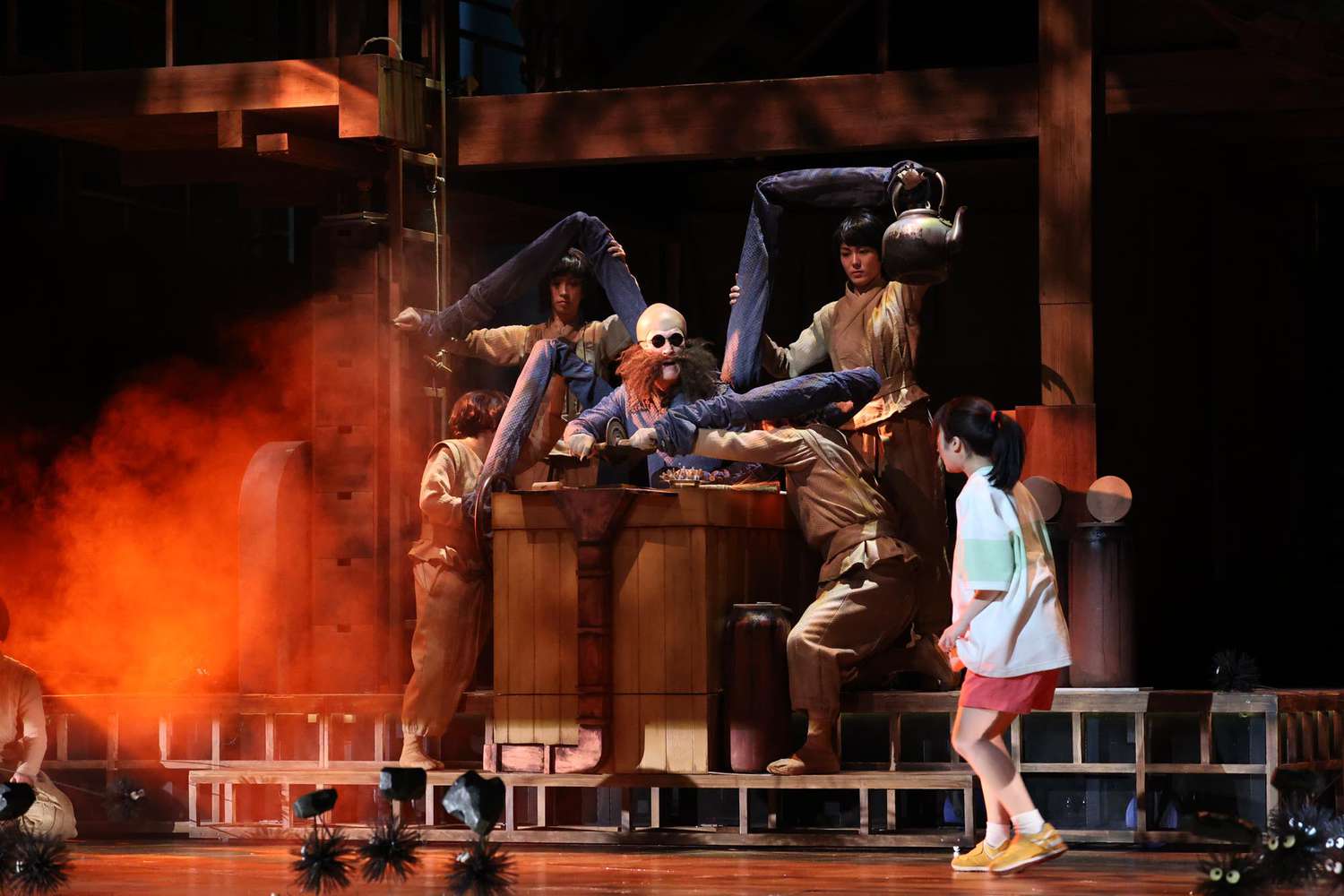
When you think about the performing arts in Japan, many will first look backwards, not forwards. The historical, traditional arts of kabuki, noh, and rakugo are often held to international intrigue, domestic prestige, and historical importance, but their decline during the Meiji era and beyond is typically viewed as the end of Japan’s relationship to the arts in this manner. Japan's prestige and artistry is a thing of the past, many will argue.
For all Japan may lack the reputation of the likes of America and the UK as a hub for the stage and performing arts, this obscures a bustling live theater scene overlooked on the global stage with a quality, depth and breadth waiting to be uncovered. Beyond the enduring kabuki theaters keeping traditions alive, numerous prestigious theater troupes with histories going back decades and a dizzying array of original productions showcase an interest in the power of live theater that’s only growing with audiences old and young.
How Japan came to embrace ‘new theater’

To understand modern theater in Japan, it’s worth looking back at the events that led to the country embracing a more internationally-inspired theatrical outlook that broke from classical forms of the medium in the country. After multiple centuries where the country was almost-entirely closed off from the rest of the world, the Meiji era led to an era of Japanese history defined by opening up ports to international trade and knowledge, a Westernization embraced both politically and socially.
It was during this time that a more naturalistic and contemporary style of theater inspired by the West. Figures like Kaoru Osanai broke from the kabuki actors and performance style still dominant in the space, publishing and discussing international plays in his own written publication Shinshicho before later founding his own Free Theater company to stage localized plays and original shows inspired by performances he saw from the likes of the Moscow Art Theater.
This new theater focused more on the present and often more psychological and character-driven than theater that came before only grew in popularity, riding a wave of fascination in Western ideas and soon eclipsing the once-dominant traditional theater and its century-long traditions.
From international adaptations to domestic musicals and plays
As of 2025 there are over 80 theaters in Tokyo and Kanagawa alone, hosting an impressive array of original plays, musicals and imported theater. This number excludes the many community or larger dedicated theater and performance halls around the country, nor does it include performances at traditionally non-theater venues.
The modern commercial theatrical landscape is dominated by a number of major production companies and theater troupes, with the largest producers being TOHO, the Umeda Arts Theater and Shiki Theater Company. Both Umeda and TOHO are owned by Hankyu Hanshin, who also own the Takarazuka Revue, the country’s largest female-only theater troupe. PARCO and other companies also produce major original theater, with a broad array of theater troupes such as Gekidan Shinkansen enjoying sizable popularity.
Unlike the West End and Broadway, open-ended productions are a rarity in Japan, with most theater enjoying limited runs rarely longer than just a few months in one theater at a time. Even though some of the most popular international imported productions such as Les Miserables will enjoy constant revival performances, only a few select shows, primarily the many Disney-licensed musicals performed by Shiki Theater Company, enjoy extended open-ended runs with a permanent home.
In many cases, sans licensing restrictions, one major aid in improving the availability and archiving of Japanese theater is the accessibility of live recordings of productions on home video and, especially since 2020, live streaming. Such streams and recordings exist for shows large and small and often serve as a vital secondary revenue stream for many productions.
Particularly in recent years, excitement has grown around theater thanks to greater efforts to attract a younger and more diverse audience, seen with 2.5D musicals and the recruitment of international talent and big-name domestic acting stars. Evangelion Beyond was an avant-garde production that brought Belgian dancer, choreographer and director Sidi Larbi Cherkaoui to direct the show, while the original Musical Picaresque Lupin production alongside an adaptation of JoJo’s Bizarre Adventure: Phantom Blood brought 1789: Les Amants de la Bastille director Dove Attia to Japan to create new music for these shows.
Frank Wildhorn is another international director with a large following in Japan after producing adaptations of Death Note and Your Lie in April to the stage, alongside recently choosing Japan to stage the world premiere production of his latest original show, Kane and Abel.
It all culminates in Japanese theater enjoying a cultural moment both at home and abroad. Although limited international expansion of Japanese shows to nearby countries such as Korea have existed for decades, and groups like the Takarazuka Revue have undertaken special one-off international productions as far back as the 1930s, recent years have seen productions from the 2.5D musical sub-genre of anime-inspired musicals saw major performances in America and Europe. Attack on Titan performed three days in New York and Sailor Moon performed a month in London before a US tour. English-language premieres of Frank Wildhorn’s aforementioned adaptations also premiered on London’s West End.
On top of that, TOHO’s own adaptation of Hayao Miyazaki’s Spirited Away enjoyed a massively successful 6-month London performance, while the Japanese cast of the musical SIX will soon visit London for a limited performance run, the first time a non-English cast has performed a West End musical on the original stage during its run.
Here’s what you need to know about each of the major producers of modern Japanese theater.
2.5D Musicals
Rather than a producer, 2.5D musicals refers to the growing number of musicals performed in Japan based directly on popular Japanese anime, manga, or video games. While the assumption is this would be the broad term used to refer to all adaptations of anime and manga, typically the thing separating theatrical production of Evangelion Beyond and Spirited Away from 2.5D musicals more broadly is aesthetics. Typical 2.5D shows are associated as attempts to bring the anime or manga to life in a direct sense, with replication and fan service rather than reinvention of the source material being key to their appeal.
Beyond limited exceptions of theater based on anime and manga going back to the 1980s and 1970s such as the phenomenal success of Takarazuka Revue’s The Rose of Versailles, the idea of theatrical adaptations of manga and anime were almost non-existent. This changed with the success of the first Hunter x Hunter stage production in 2000, which drew large audiences by having many of the original anime voice cast reprise their roles on stage. It was further boosted by the success of the first Prince of Tennis stage show in 2003, a series which has continued to this day.
Nowadays, 2.5D musicals and plays made up 13.5% of the Japanese theatrical box-office in 2023 (28.3billion yen of 209.9billion yen). Smash hit series such as Touken Ranbu are joined by popular adaptations of some of the biggest franchises of the moment like Haikyuu!! and Uma Musume, bringing in a different audience to the world of Japanese theater.
TOHO Theater
While many know TOHO as a film production studio or for their anime, the company stands as one of the largest commercial theater production companies in the industry today. Alongside being the owners of the Imperial Theater, they also own the smaller Theater Creation. The company produces a huge array of original musicals alongside imported Broadway, European and Korean plays and musicals at these and other theaters.
The Imperial Theater stands as the most iconic theater in Japan as well as one of the largest, its original incarnation opening in 1911 as the first Western-style theater in Japan, designed to host musicals and operas. TOHO funded the theater’s reconstruction in the 1960s, and used the theater as the home of some of the first Japanese-language productions of musicals such as The King and I, Gone With the Wind, Les Miserables, Miss Saigon, My Fair Lady, and more.
More broadly, the company has often highlighted emerging global musicals for the Japanese market while reviving beloved favorites. Just in the few years the company has produced performances of 1789, Waitress, Bonnie and Clyde, Mozart, and Newsies, alongside new musicals and originals like Frank Wildhorn’s Kane and Abel, Club Seven, In This Corner of the World and Jojo’s Bizarre Adventure.
The company is more than happy to rely on their own IP - the company led the production of a musical based on Spy x Family - or the IP of others, such as in bringing Spirited Away to life on stage, TOHO productions are defined as some of the largest in Japan, often employing high-profile actors from the worlds of TV and stage.
Takarazuka Revue
The Takarazuka Revue is one of the oldest theatrical revues in the world and themselves brought the concept of the European-style revue to Japan upon its foundation in 1913. The all-female troupe was initially founded by Hankyu Railways founder Ichizo Kobayashi for the intent of having an attraction that would encourage train riders to visit the onsen town of Takarazuka at the end of one of their train lines. The concept was chosen in contrast to kabuki to bring something more modern, with women playing both male and female roles as otokoyaku and onnayaku.
The company has since grown from a single-troupe system to a rotating system of five troupes each given their own designation and hierarchy including their own top star and top musumeyaku who play the lead roles in all performances - Hanagumi, Tsukigumi, Yukigumi, Hoshigumi and Soragumi. Those entering the revue first complete two years at the Takarazuka Music School.
Today, the Takarazuka Revue perform both at the Takarazuka Grand Theater in their home town as well as the Tokyo Takarazuka Theater, each standing as some of the largest theaters in Japan at over 2000 seats each. Each troupe will perform sequentially at these venues, with the troupes performing at other theaters or on national tours in the gaps between performances at these primary venues. Typical performances consist both of a one-act musical and a revue inspired by early-20th century Paris revues, with even two-act musicals often including a condensed finale that takes cues from the format.
Amongst their original productions, the company is most known for their adaptation of Ryoko Ikeda’s The Rose of Versailles, a show which condensed the manga into a two hour musical while retaining both the romantic and political aspects of this story at the time of the French Revolution. Yet over the years the Revue has produced a range of original musicals and revues and is also responsible for the first Japanese performances of some of the most beloved European musicals in Japan such as Elizabeth and 1789, alongside adapting popular games and anime like Phoenix Wright, Lupin III, and City Hunter, and even popular movies from around the world like Oceans Eleven and RRR.
Gekidan Shinkansen
Originally started by a group of fourth-year students at the Osaka University of Performing Arts in 1980, this theater troupe employs a number of in-house actors while bringing in guest performers to lead major productions. Shows by the troupe are defined by their fusion of Japanese samurai and traditional aesthetics with concert-like modern hard rock and metal-inspired music and dance blending myth and historical fantasy, occasionally broaching original topics in their signature style such as with Metal Macbeth.
The result gives many of their productions a unique vision unlike that seen across the broader theater landscape, often relying on intense action, striking makeup and costume design and grandiose stakes and stories. It’s allowed them to enjoy considerable success as an independent theater troupe, though they have collaborated with the likes of TOHO theater over the years on select performances.
Their most famous show is Ashura: Blood Gets In Your Eyes, a show first performed in 1987 but is most known for its 2000 and 2003 performances, for which its lead actor would later go on to reprise their roles in a 2005 movie adaptation. In typical fashion for the company, the story takes place in 19th-century Japan during a war between demons and demon slayers following kabuki actor and demon slayer Izumo as he falls in love with a woman named Tsubaki who may not be all they appear. In one of the troupe’s latest collaborations, this particular show has been revived by the Takarazuka Revue.
Shiki Theater Company
Shiki Theater are mostly known as the theater troupe responsible for maintaining long-running shows at various self-owned theaters for many Disney musical productions, managing some of the only long-run theatrical productions in the country with shows like Aladdin, The Lion King, and Beauty and the Beast. Some of the most well-known international musicals like Wicked have also been performed under Shiki Theater Company during their limited Japanese runs.
Amongst their original musicals are family-friendly shows based on Anne of Green Gables alongside an adaptation of Mamoru Hosoda’s The Boy and the Beast.
While this covers the breadth of commercial theater, there is much to explore underneath the surface from Bunkamura, known for their experimental theater and the producers behind Evangelion Beyond to niche theater troupes like pastelcarat and local productions from community theater groups. And this is just the start. While much of this centers on Tokyo, Osaka and Kyoto have bustling theater scenes and local theater groups exist in many prefectures. Kyoto hosts the only open-run domestic theater production in the country with Gear, a no-dialogue production blending story with dance and magic.
For all Japanese theater is typically associated exclusively with its historical, domestic traditions dating back centuries, its modern musical and theater landscape is fast and filled with domestic talent putting on localized productions of the world’s biggest shows while producing hits of their own.
Japan’s theatrical landscape is strong. The question is where do you want to start first?
